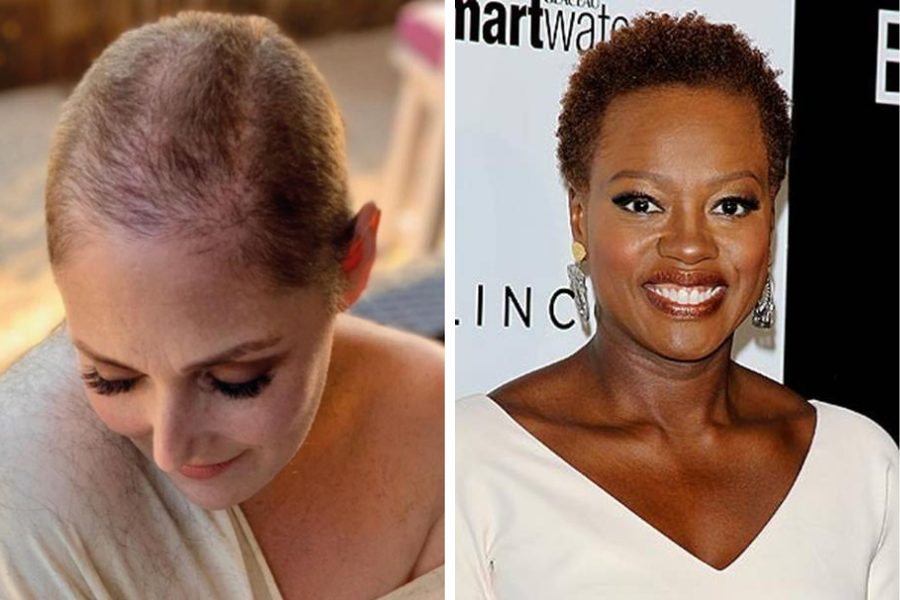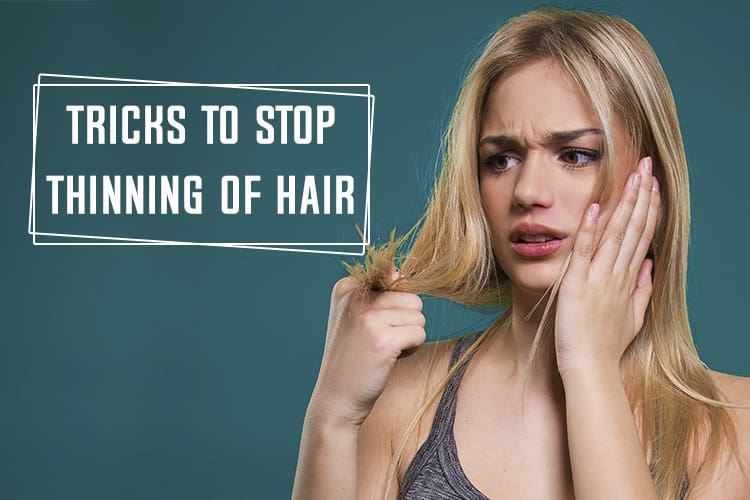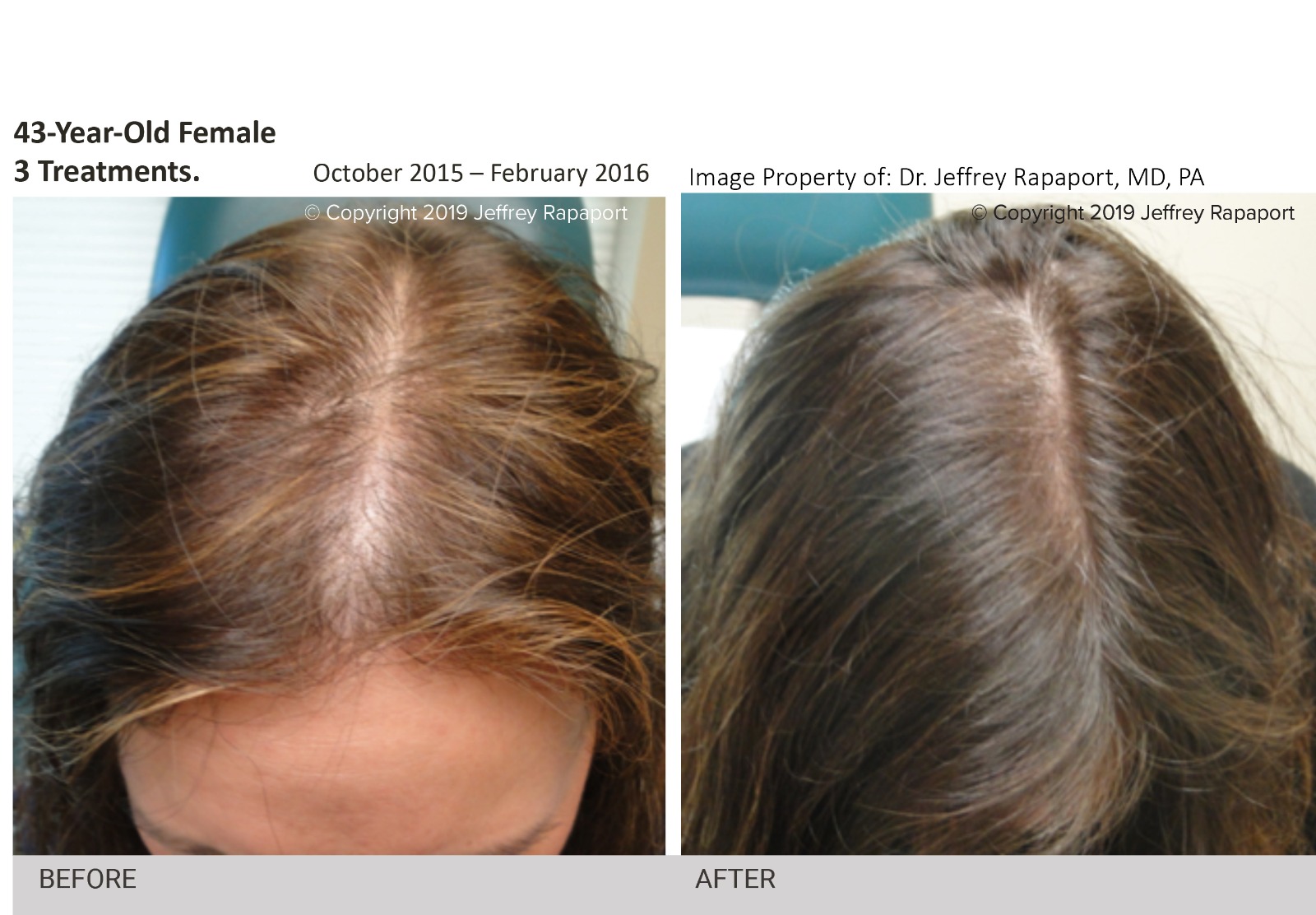Table Of Content

Certain medical conditions may also lead to thinning hair. It is important to know that androgenetic alopecia typically appears differently in women than men. In women, the hair becomes thinner at the top of the head, and the middle part widens. This results in the production of finer and shorter hair strands, eventually leading to visible thinning of the hair.
Care at Mayo Clinic
They may also order blood tests to rule out an underlying condition. “Lupus of the scalp is another form of scarring alopecia that’s autoimmune,” says Dr. Lenzy. “It’s common, especially in women of color.” It shows up as red, scaly, thick lesions that don’t usually hurt or itch. If your hair loss is due to a medical condition, the cost of a wig might be covered by insurance. If you have a deficiency, your doctor may suggest multivitamins or supplements like iron and biotin.
Finding the Best Shampoo for Hair Loss - Health Essentials
Finding the Best Shampoo for Hair Loss.
Posted: Wed, 13 Sep 2023 07:00:00 GMT [source]
Complications and Risk Factors Associated With Thinning Hair
Not everyone is a good candidate for a hair transplant though. If the hair on your scalp is sparse all over, you may not have enough healthy hair to transplant. A hair transplant surgeon, many of whom are dermatologists, can tell you if a hair transplant may help restore your hair. Dermatologists are the experts in diagnosing and treating hair loss. A dermatologist can tell you whether it’s FPHR or something else that is causing your hair loss. Other causes of hair loss can look like FPHL, so it’s important to rule out these causes.
Nutritional Supplements
Hair loss in females may have a range of causes, though the most common is androgenetic alopecia. An older review from 2015 notes that using certain types of medicated shampoos may also help reduce and prevent hair loss. Avoiding damaging treatments such as heat, curling irons, and dyes may also help.
The sooner you start treatment, the better the chances for hair regrowth. Baldness typically refers to excessive hair loss from your scalp. Hereditary hair loss with age is the most common cause of baldness. Some people prefer to let their hair loss run its course untreated and unhidden.
How to combat hair loss as you age
But if you’d like to maintain your hair, you should call a healthcare provider as soon as you notice hair loss on your scalp. The most common cause of hair loss in women is female-patterned baldness (androgenetic alopecia). OTC medications may help reduce hair loss and promote growth. Other types of hair loss may involve treating the underlying cause. Female pattern baldness is a type of hair loss that’s more gradual than telogen effluvium.
Stay on top of latest health news from Harvard Medical School.

In males, hair thinning tends to occur from the hairline to the back of the head and resembles an “M” shape. Treatment can often help manage hair loss that occurs with aging by boosting hair health, thickness, and strength. Hair that falls out due to a health condition often regrows in time. “Be cautious about vitamins, supplements, and shampoos that claim to help hair loss,” advises Dr. Goh.
Hormonal Changes
Many people accept hair loss as a natural part of the aging process. However, because most studies up until now have been very small, the review calls for more research using platelet-rich plasma for androgenic alopecia. Just as you would pay attention to a suspicious mole or keep your eye on a rash, it is important to take note of what is happening with your hair.
Medications
One option for biotin supplements is Hims Biotin Gummies. Lavender oil has been used with success by some people with pattern baldness. It’s also backed by animal research from 2016, though human studies are needed to confirm its effects.
Apply it to the root area then gently blow dry to build volume. Let your hair air dry for a while before you use the dryer. Special cosmetics can disguise parts of your scalp that show. Hormonal imbalances before, during and after menopause can lead to more permanent hair loss, Dr. Simpson says.
Also, be sure that your dermatologist knows all the medications and supplements you take. Hair loss can also result from genetic factors, nutrient deficiencies, stress, and several health conditions. Treatment for thinning hair will depend on its cause, but may include medications, dietary changes, and more. The Food and Drug Administration has approved a low-level laser device as a treatment for hereditary hair loss in men and women. A few small studies have shown that it improves hair density. During a hair transplant procedure, a dermatologist or cosmetic surgeon removes hair from a part of the head that has hair and transplants it to a bald spot.
A variety of treatments have been developed to help regrow hair and thicken existing hair on patients with alopecia, dermatologists say. Their effectiveness largely depends upon what type of alopecia you have and how quickly you start treatment. Hair loss and hair thinning can be temporary or permanent. It’s usually genetic, but it can also be triggered by diseases or disorders that attack the hair follicles.
It’s not yet clear how the magic happens, but researchers theorize that minoxidil reverses hair follicle shrinkage and lengthens the growth phase. This likely encourages hair to grow back fuller and speeds up the rate at which lost strands are replaced. It’s available over-the-counter—generically and under the brand name Rogaine—in both 2% and 5% formulations. Female pattern baldness is easy to recognize, so you don’t necessarily need a healthcare provider to diagnose it. However, a healthcare provider can confirm it during a physical exam of your scalp.
Typically, the most common types of hair loss are treated with topical or oral medications, which will likely be the first course of treatment. In addition to losing hair on the scalp, some people with alopecia areata lose hair from their eyebrows, eyelashes, or other parts of the body. If you often wear a hairstyle like braids or a tight bun that puts prolonged strain or stress on the hair follicle, that can cause a type of permanent hair loss called traction alopecia. The most common cause of hair loss in females is androgenetic alopecia, which has strong links to genetics and can run in families. Some females may also respond to corticosteroid injections.
Doctors often prescribe FDA-approved medications to treat medical conditions other than those for which the drug was approved. A dermatologist is a medical doctor who specializes in treating the skin, hair, and nails. Some treatments and home remedies can help improve the hair’s strength and overall health.













